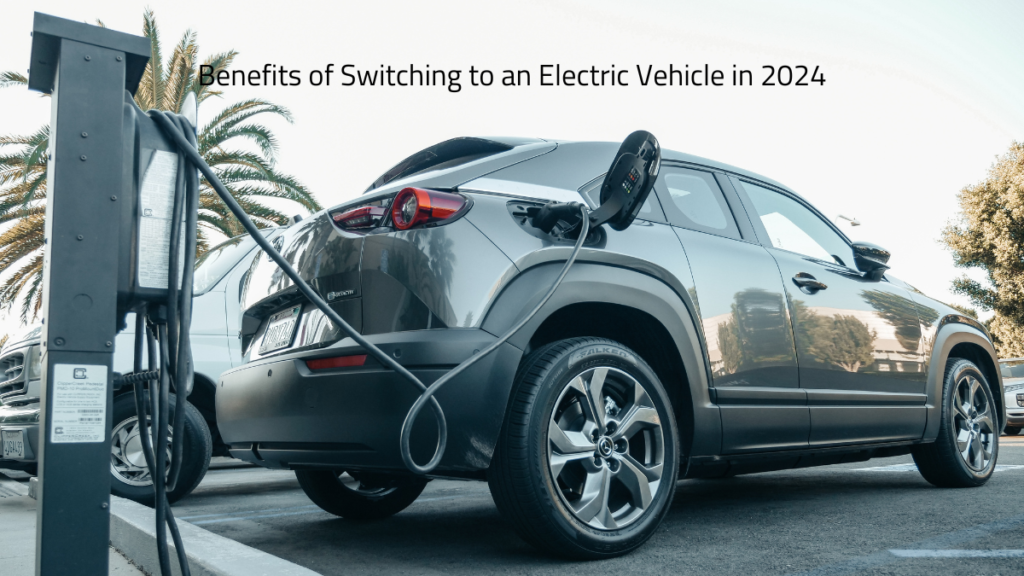How Car Tire Pressure Sensors Work?
Car tire pressure sensors, also known as Tire Pressure Monitoring Systems (TPMS), play a crucial role in vehicle safety and efficiency. They help drivers monitor tire pressure levels in real-time, preventing potential accidents and optimizing fuel consumption. This article will delve into the workings of TPMS, explaining both direct and indirect systems, their components, functionalities, benefits, challenges, and future trends.
Table of Contents
ToggleIntroduction to Tire Pressure Sensors
Tire pressure sensors are devices designed to monitor the air pressure inside tires. They provide critical information to drivers regarding tire inflation levels, ensuring that tires are operating within safe parameters. Properly inflated tires not only enhance vehicle performance but also contribute significantly to road safety.
Types of Tire Pressure Monitoring Systems (TPMS)
Direct TPMS vs. Indirect TPMS
Direct TPMS involves sensors mounted inside each tire, directly measuring the pressure and transmitting data to a central receiver. On the other hand, indirect TPMS utilizes existing sensors within the vehicle’s Anti-lock Braking System (ABS) to indirectly monitor tire pressure by assessing wheel rotation speeds.
Components of a Direct TPMS
Direct TPMS systems typically consist of sensor units attached to each tire valve, a receiver module located within the vehicle, and a warning indicator on the dashboard.
Functioning of Direct TPMS
The sensors in direct TPMS continuously measure tire pressure, sending data wirelessly to the receiver module. When pressure drops below a specified threshold, the system activates a warning light on the dashboard, alerting the driver to check the affected tire.
Components of an Indirect TPMS
Indirect TPMS relies on the vehicle’s ABS system and wheel speed sensors to monitor differences in tire rotation, which can indicate underinflation.
Functioning of Indirect TPMS
By comparing wheel speeds, indirect TPMS detects variations caused by changes in tire pressure. If one tire deflates significantly compared to others, the system triggers a warning signal.
Advantages of TPMS
TPMS systems enhance safety by providing early warnings of underinflated tires, reducing the risk of blowouts and accidents. Moreover, they contribute to better fuel efficiency by maintaining optimal tire pressure levels.
Challenges with TPMS
Despite their benefits, TPMS systems require periodic maintenance, including sensor calibration and battery replacements. Issues like sensor accuracy and reliability under extreme conditions also pose challenges.
Regulations and TPMS
Many countries mandate TPMS installation in vehicles to ensure road safety standards are met. These regulations drive global adoption of TPMS technology across automotive markets.
Future Trends in TPMS Technology
Future advancements in TPMS are likely to focus on improving sensor accuracy, integrating with autonomous driving systems, and enhancing overall vehicle diagnostics capabilities.
How to Maintain TPMS
Regularly checking TPMS sensor functionality and ensuring proper tire inflation are essential for maintaining system effectiveness and prolonging sensor life.
Cost Considerations
While TPMS installation adds to initial vehicle costs, the long-term benefits in terms of safety and fuel savings often outweigh the investment.
Choosing the Right TPMS
Selecting the appropriate TPMS depends on vehicle type, user preferences, and specific operational needs. Consulting with automotive experts can help in making informed decisions.
Common TPMS Misconceptions
There are myths surrounding TPMS, such as calibration requirements and the impact of weather conditions on sensor performance. Clarifying these misconceptions can aid in better understanding and utilization of TPMS.
Conclusion
In conclusion, tire pressure sensors are integral to modern vehicle safety and efficiency strategies. Whether through direct or indirect monitoring systems, TPMS ensures that drivers are promptly alerted to tire pressure deviations, thereby preventing potential hazards and optimizing driving conditions.
FAQs How Car Tire Pressure Sensors Work?:
Do TPMS sensors need to be recalibrated after rotating tires?
- Yes, most TPMS sensors require recalibration after tire rotations to ensure accurate pressure readings.
How often should TPMS sensors be checked?
- TPMS sensors should be checked whenever tire pressure warnings are triggered and during routine vehicle maintenance checks.
Can TPMS sensors be affected by extreme weather conditions?
- Extreme temperatures can affect TPMS sensor accuracy, leading to potential discrepancies in pressure readings.
Are TPMS sensors compatible with all vehicle types?
- TPMS systems vary by vehicle make and model, with some requiring specific sensor configurations for compatibility.
What should I do if my TPMS warning light comes on?
- If the TPMS warning light illuminates, check tire pressure manually and inflate or deflate tires as necessary to meet manufacturer specifications.
This was the whole article on How Car Tire Pressure Sensors Work?
I hope you liked it.



















3 thoughts on “How Car Tire Pressure Sensors Work? | Full Guide”